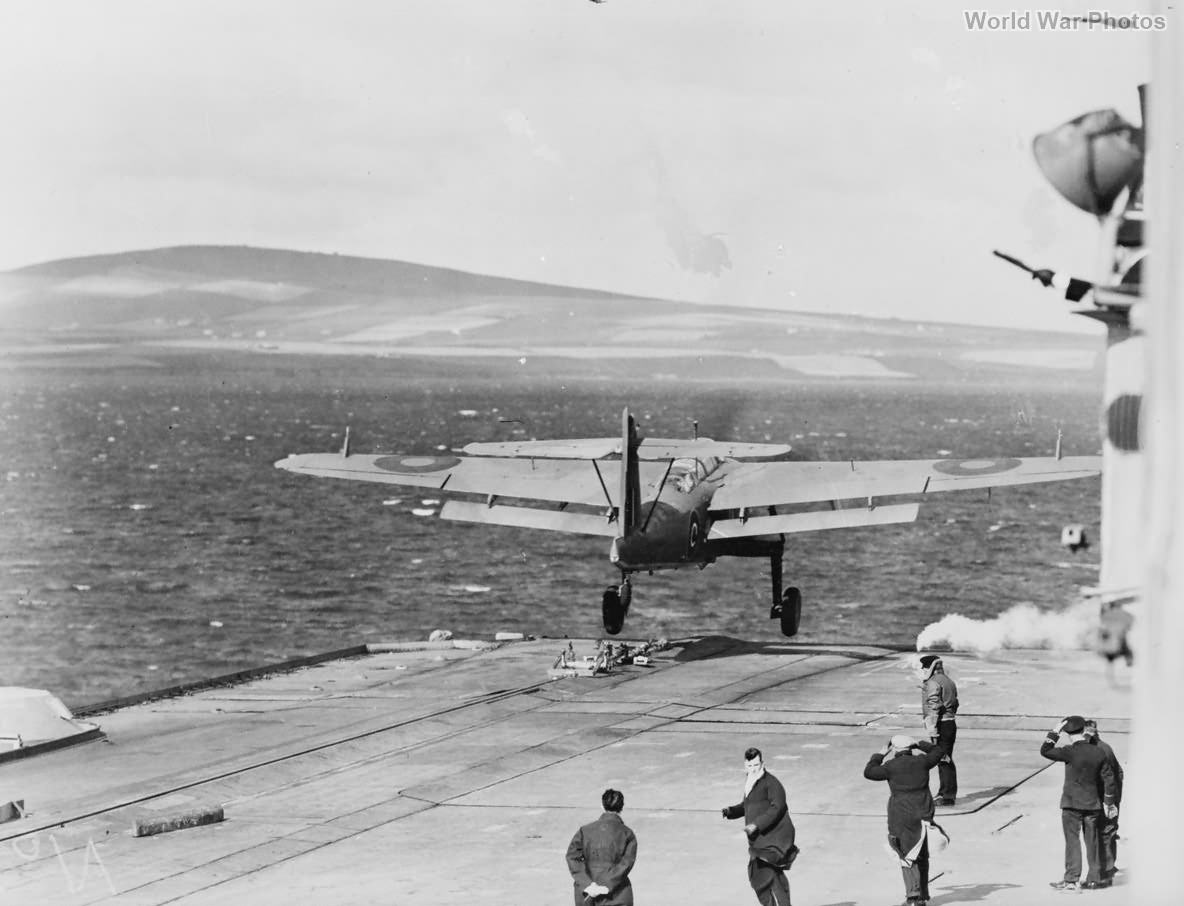The development and deployment of the Fairey Barracuda, a British carrier-based torpedo and dive bomber, went through several stages, marked by both successes and challenges. The early Barracuda Is, a batch of 25 aircraft, were primarily relegated to training purposes but provided invaluable insights during the initial flight tests. These tests began in earnest with aircraft P9643, which joined the program on 16 May 1942, testing modifications like a new canopy and tailplane airflow indicators. Another aircraft, P9645/G, was equipped with the ASV X radar and took its first flight in that configuration on 20 July 1943. Other early Barracudas tested full torpedo loads and metal ailerons, contributing to the overall development process.
Key Developments and Testing:
Barracuda II and Demonstrations:
- The first Barracuda II, aircraft P9667, made its maiden flight on 8 December 1942. It was later demonstrated to the press while loaded with a torpedo on 4 August 1943, followed by a well-known series of air-to-air photographs taken by Charles Brown on 12 August.
Accelerated Development:
- By late 1942, with the program running behind schedule, the Ministry of Aircraft Production (MAP) pushed to get the Barracuda cleared for service as quickly as possible. Multiple Barracuda Is and IIs were subjected to intensive flying trials at Boscombe Down. These tests included handling, performance, and gunnery evaluations, with aircraft like P9667 playing a central role.
Engine Considerations:
- In February 1943, there was a proposal to fit later Barracudas with the Merlin 24 engine, but the Admiralty rejected this as it offered no significant advantage over the Merlin 32 already in use. Rolls-Royce also advised against using any two-stage supercharged engines like the Griffon for the Barracuda, as they would be inefficient at altitudes below 20,000 feet. Despite this, there were plans to proceed with the Griffon installation, although the engine was not expected to be available until Easter 1944.
Aircraft Modifications:
The Barracuda Mk.II was proving to be only marginally adequate in terms of performance and loading capacity. However, the Admiralty continued to push for additional equipment, leading to overcrowding issues. At one point, it was reported that the Barracuda carried up to 13 radio sets to enable communication with various ships and shore stations.
During a meeting between Fairey, MAP, and Rolls-Royce, it was suggested to modify the Mk.II by adding 25 square feet to each wingtip and moving the wing-mounted bombs under the fuselage. This would also involve relocating ASV aerials inside the wingtip extensions and partially enclosing the torpedo within the fuselage. These changes necessitated strengthening the aircraft, particularly the main spar, which would inevitably increase its weight.
Performance Improvements:
- Despite these challenges, trials with aircraft P1767, after fitting it with the Merlin 32 engine and a four-blade propeller, demonstrated a significant improvement in performance. This success gave the program a much-needed boost in confidence.
The Barracuda III and Production:
Introduction of the Barracuda III:
The Barracuda III was defined as an anti-submarine strike aircraft capable of operating from escort carriers while retaining its torpedo and mine-laying roles. It was similar in design to the Mk.I and Mk.II but featured the ASV Mk.X radar, identifiable by a bulge beneath the rear fuselage housing the radar scanner.
In May 1943, the Admiralty requested that 25% of all Barracuda production be allocated to the TR.III variant. Boulton Paul was contracted to produce half of the Barracuda III units, with the first 18 TR.IIIs being the last in a batch of 300 Mk.Is, although all were ultimately produced as Mk.IIs except for these 18.
Production Contracts and Cancellations:
- Following the initial order, an additional 300 TR.IIIs were contracted, with final deliveries occurring shortly after VJ-Day. However, plans for an additional 300 aircraft were cut short, with production ending after 92 of the last batch had been built, marking the cancellation of further Barracuda production.
